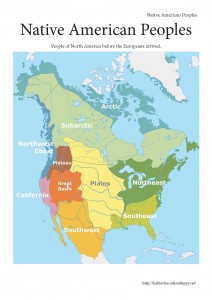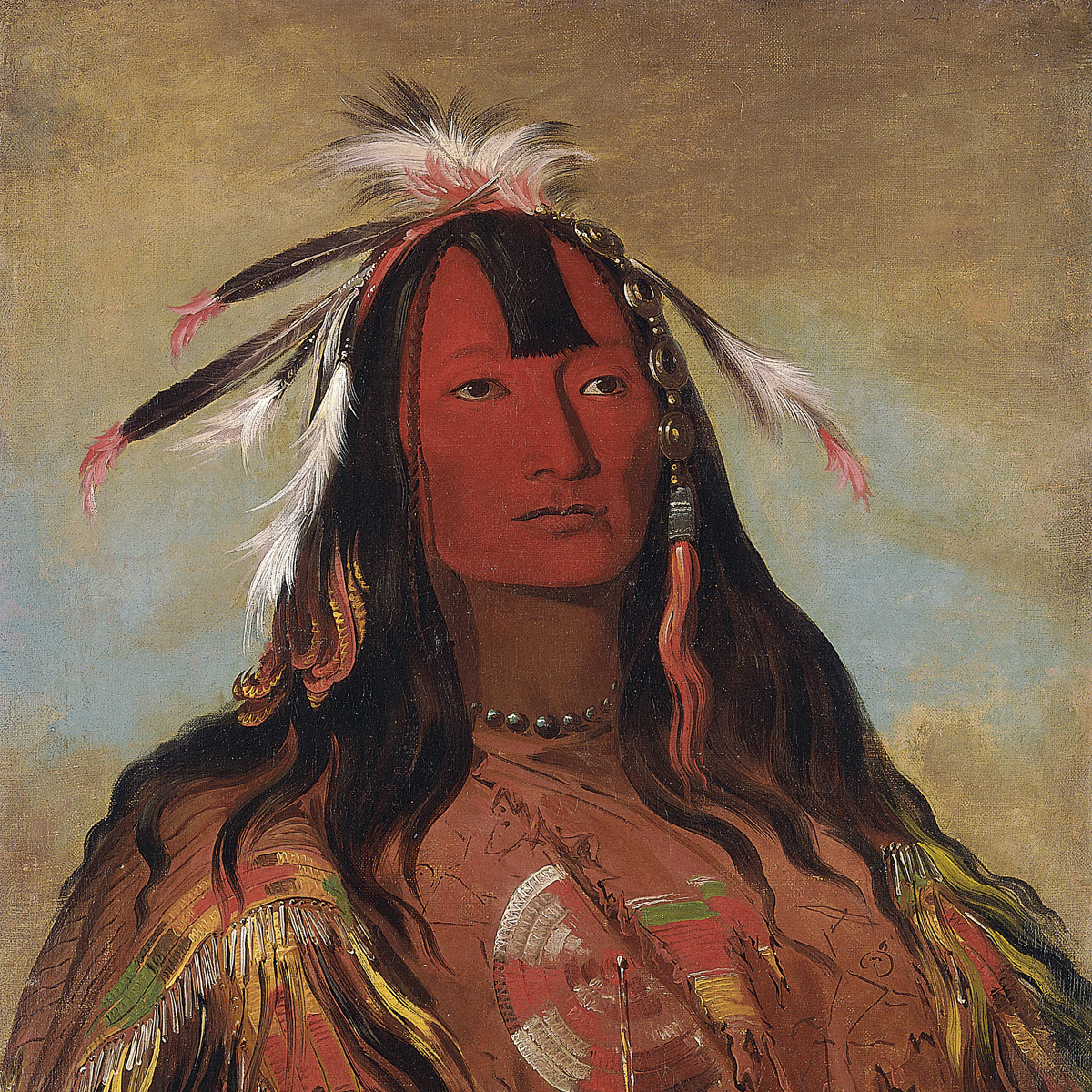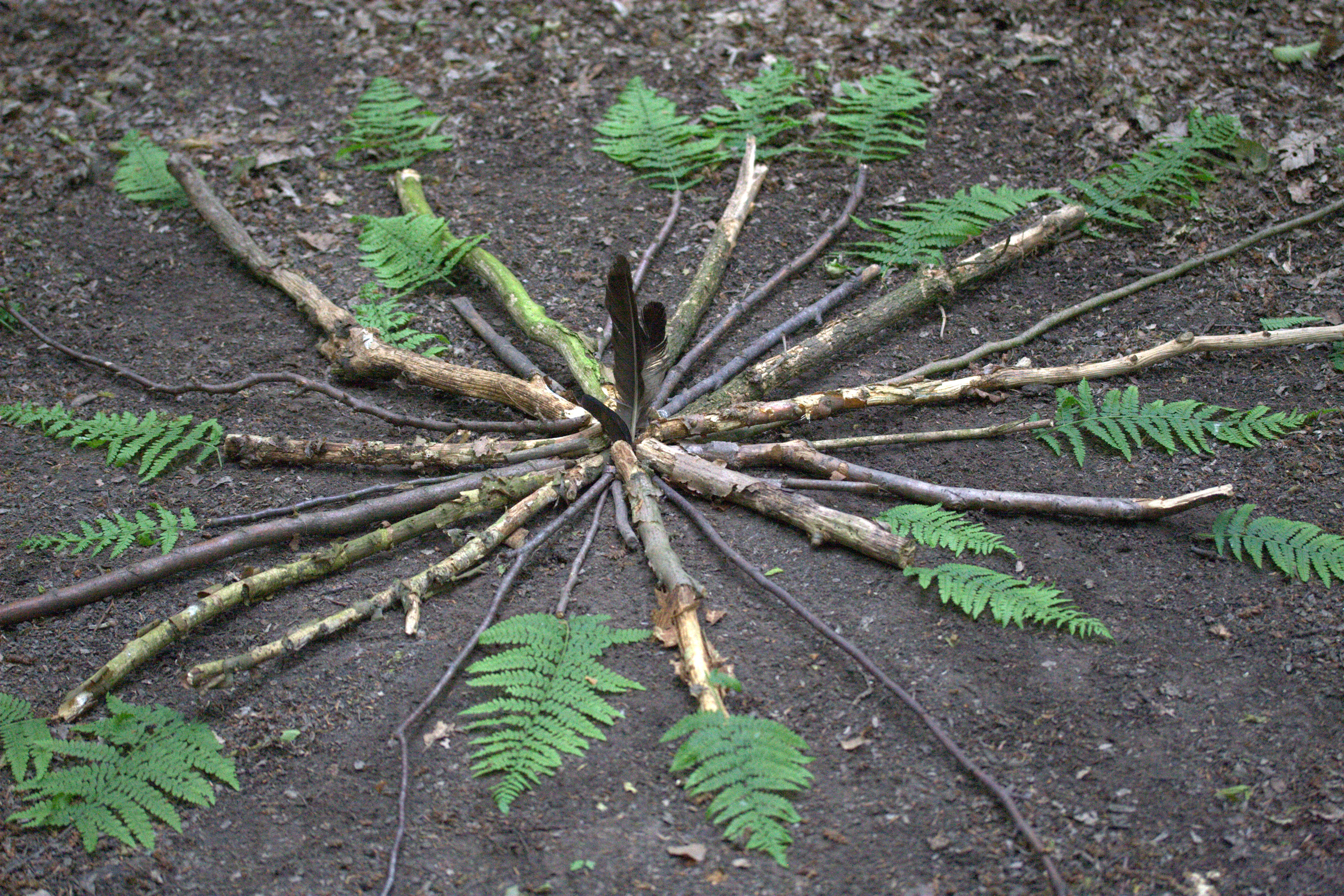My nearly eight year old daughter E is a voracious reader. She disappears off into a book for hours, procrastinating when it is time to do anything, just to spend a few more moments reading, and regularly disappears only to be found reading in the bathroom.
But no-one has taught her.
E does not go to school, so she has had the freedom to learn in her own way, at her own pace. Outside school learning primarily happens through conversation and trying things out, so there was never any hurry to start teaching her to read!
E has always been surrounded by books, has spent sometimes hours a day being read to and regularly visits the library where all our library cards are permanently maxed out. Indeed ‘book’ was one of her first words.
Some days I will disappear into a novel, until at last I reappear, satiated for a while. And her father is frequently found to be missing, presumed reading on his i-phone in the bathroom. Reading is just something we all do for fun – both to ourselves and to E and her little sister.
I guess we have taken the ‘just read to them approach’! And it has gone something like this:
Step 1.
Read lots to E
Some days we may not read to her at all, other days we will curl up in bed in the morning and read … for hours. First picture books, then later adding in non-fiction and a chapter or more in the evening. Once upon a time it was the Far Away Tree, then Swallows and Amazons, Harry Potter, Percy Jackson and most recently the Hobbit. With a sprinkling of lots of others books too!
Step 2:
Play at reading
When she was a toddler E would often play at reading to her doll of course. Just like anything else a small child sees others doing.
Step 3:
Follow her lead
As time went on we got a feel for what worked for her.
Which turned out to be absolutely no teaching, no getting her to read or try to sound out words. And definitely no asking questions, or interrupting the flow. As soon as we tried any of these E just closed down and switched off. Instead she just asked me to follow the words with my finger for a while. So we listened and just continued to read to her.
Step 4:
Find words everywhere
Reading started with E recognising her own name, then the word google when searching for pictures of animals online. Words are of course everywhere!
On one memorable occasion when she was four we were walking home down the street and she shouted ‘stop’. In a panic I turned, envisioning an oncoming truck, but found instead that she had just read the word off a car sticker.
E found words on the computer, the playstation, in shops, in magazines, on board games, in recipes – just a few of her favourite things!
But mostly E loves books. We all still read lots of picture books, many of which we borrow time and again from the library. Indeed although E can now read Harry Potter she will inevitably spend the longest time browsing and choose to borrow picture books. I will choose the chapter books and factual books that I think might appeal to her when we get home.
Step 5:
Reading to others
As she became more confident E would read simple books to others – her sister, and her Grandpa. But not to me – oh no, never to me!
Step 6:
Fairy Magic
As her reading developed E immersed herself in the Rainbow Magic books. She worked her way through at least fifty of these highly formulaic books, building up her reading skills. Sometimes two or three per bus trip.
Step 7:
E can now read quite independently. She has read a few chapters of Harry Potter, and is reading and re-reading her current favourite – Tony Robinson’s Kings and Queens. Interestingly before she could read fiction was a firm favourite, but maybe that is more to do with the general lack of good factual picture books?
Step 8:
Keep reading to her
And of course I still read to her. Not for so many hours a day – but most days we will manage at least one chapter. The latest favourites are the Percy Jackson and Kane Chronicles by Rick Riordan.
Our aim has been for E to see reading as a joy, not a chore. Whether it be a story to lose herself in or a factual book that feeds that thirst for knowledge. Her personality has dictated that this meant leaving her to learn to read, whilst sharing books with her, and surrounding her with words and stories. For our part we have simply needed to read to her, provide books and maintain faith – faith that she would learn to read.
A few favourite articles on reading:
http://lisarussell.org/blog/please-do-not-read-to-your-child-for-20-minutes-a-day/
http://www.psychologytoday.com/blog/freedom-learn/201002/children-teach-themselves-read
http://www.psychologytoday.com/blog/freedom-learn/201311/the-reading-wars-why-natural-learning-fails-in-classrooms
http://schoolingtheworld.org/a-thousand-rivers/
Other experiences:
This was written as part of Liveotherwise’s Reading Carnival.
Other experiences in Oxfordshire Home Educators’ Magazine.Â
 1. Print out the introduction and the ten regional pdf files, each of which has four pages – an answer sheet, an information sheet, a board and a set of pictures to cut out.
1. Print out the introduction and the ten regional pdf files, each of which has four pages – an answer sheet, an information sheet, a board and a set of pictures to cut out.





